A review of: Paradoxes of Green, by Gareth Doherty. 2016. 216 pages. ISBN: 9780520285026. University of California Press. Buy the book.
The new green of Bahrain is unsustainable. It is a marketing strategy, not a pathway toward a viable future.
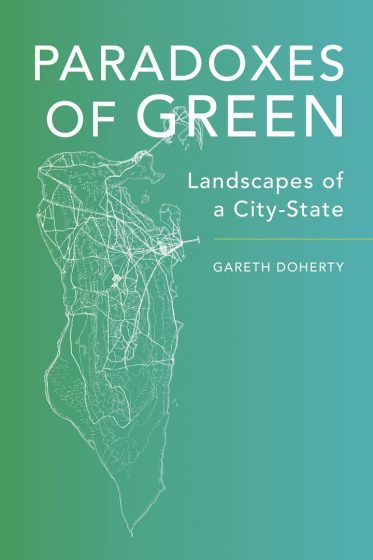 Doherty is a landscape architect who spent a year in Bahrain exploring the concept of green in this small city state. His complex and subtle book is divided into 8 chapters, the last of which is “The Whiteness of Green”. He describes his year of fieldwork walking and investigating the color green in Bahrain, first by trying to abstract the color from the object, but then understanding the daily importance of green; green is inherently related to the objects it colors and becomes part of the pragmatic meaning and value of these objects. He uses color in this book as more than an adjective, more than a color. Green is relational. And so the book is inherently concerned with the spatiality and geographies of color in the built—and grown—urban environment, and its complex meanings and associations. The book is composed of vignettes that are loosely connected and immensely rich in detail and thoughtful reflection. The chapters depict the complex relationships between the color green and the social and physical infrastructures that sustain green in Bahrain’s arid built environment. He discusses the changes overtime, placing them in Bahrain’s historical evolution. Contemporary green lives in dialectical tension with other culturally and environmentally significant colors and hues: blue, red, date palm green, beige, bright green and white, and their relationships to each other. In a time of overwhelming interest in green, Doherty’s exploration of colors and their cultural, political and other meanings, as well as sheer composition and interactions, is enlightening and a welcome addition to our understandings of the contingency of meaning in color.
Doherty is a landscape architect who spent a year in Bahrain exploring the concept of green in this small city state. His complex and subtle book is divided into 8 chapters, the last of which is “The Whiteness of Green”. He describes his year of fieldwork walking and investigating the color green in Bahrain, first by trying to abstract the color from the object, but then understanding the daily importance of green; green is inherently related to the objects it colors and becomes part of the pragmatic meaning and value of these objects. He uses color in this book as more than an adjective, more than a color. Green is relational. And so the book is inherently concerned with the spatiality and geographies of color in the built—and grown—urban environment, and its complex meanings and associations. The book is composed of vignettes that are loosely connected and immensely rich in detail and thoughtful reflection. The chapters depict the complex relationships between the color green and the social and physical infrastructures that sustain green in Bahrain’s arid built environment. He discusses the changes overtime, placing them in Bahrain’s historical evolution. Contemporary green lives in dialectical tension with other culturally and environmentally significant colors and hues: blue, red, date palm green, beige, bright green and white, and their relationships to each other. In a time of overwhelming interest in green, Doherty’s exploration of colors and their cultural, political and other meanings, as well as sheer composition and interactions, is enlightening and a welcome addition to our understandings of the contingency of meaning in color.
Chapter two outlines the water infrastructure of the country—the blue—and the politics of treated sewage effluent. Chapter 3 addresses the politics of the colors green and red in Bahrain among the Shi’a and Sunni populations, and sets up a dialogue between the two colors. Chapter 4 focuses on the memory, history, color and urbanism of the green of the Bahraini date palm and the erosion of the political power of green by property development. Chapter 5 explores urban planning for the capital city Manama and attempts to preserve a green belt of date palm greenery, also succumbing to land development, but replaced by brilliant green imported plants like lawns, roses and petunias. In chapter 6, Doherty muses about the promise of green through beige, and how to valorize better the traditional green by preserving desert beige, brown and silver native landscapes. Rain in Bahrain creates a spectacular explosion of a specific green, short, exciting, and called “jangily” it is so intense. Chapter 7 delves into the new green and its desirability and cost as well. Finally chapter 8 addresses the color white and its relationship to green. White is the summation of all colors. Doherty is calling for attention to the value of color, of green and its many shades and hues. He advocates for a greater social component to design and awareness of color in the urban fabric. And, of course, the implications of the wrong green in the wrong place.
Doherty discusses how the concept of green in this small city state, evolved after the discovery of oil and the growing influence of the British. His fine discussion of the color green itself is extremely enlightening in the age of so many types of green in public and academic discourse. He shows how it carries a plethora of implicit human values as well as political meanings in this part of the world, and these drive the use of green as an ideological construct and political tool. For example, green is a color clearly associated with the Shi’a branch of Islam, though it is also the color of Islam as can be seen in the prevalence of green in the national flags of Arab states. However, Doherty explains, Bahrainis, treading fine political lines, are careful not to mention religious or political associations out of context. They did, though, invariably associate green with the imperiled date palm groves, a stronger connection among Shi’a than for the Sunni as the country was once predominantly Shi’a and agricultural. Through the discussion of green, Doherty explores the complex relationships among Shi’a and Sunni, the influences of Saudi Arabia and Iran in the country, and how green is used politically.
At the same time, Doherty is exploring the shifting notion of green in Bahrain’s landscapes, and consequences in the changes in types of plants, and open spaces. In his year in Bahrain, he did not have a car, and when it was not too hot, mainly walked as his main form of transportation. This enabled him an intimate relationship with the largely urbanized region, but also with people met informally. He discusses how with oil and modernization, including British city planners commissioned to plan parks, European standards for open space and plantings began to supplant local traditions. For example, parks with lawns for the elite, replacing date palm orchards as informal parks, for all classes. European-style park building is associated with class division—immigrant communities are largely kept out of the new open spaces as they are inaccessible by public transportation. The European style gardens come with new types of development as well: gated subdivisions and villas. These are highly prized by ex-pats, wealthy Bahrainis and others from the Gulf states. In addition to increased demand for fresh water due to oil extraction, population growth and urbanization, such landscapes are very water intensive, as well as dependent on fertilizers, pesticides and herbicides to survive.
Doherty explains how desert, for many Bahrainis, is seen as dirty and backward. Luscious green lawns of villas and the roundabouts in the city, are the shade of green that people want, not the gray green of the date palm, or scrubby native vegetation. Green is a symbol of development, but it is the bright green of imported vegetation. And it comes as a privileged space with gates.
In the early 1970s, Manama, the capital, adopted a thirty-year master plan that was designed to allow for the expansion of the city and accommodate the masses of foreign workers who were expected to come to Bahrain. A.M. Munro, a Scottish-born planner spear-headed the plan, sent over by the British Ministry for Overseas Development as a planning advisor for two years, shortly before independence. Munro proposed a greenbelt to the west of Manama in his master plan. When asked to make a similar plan for Greater Manama, west of the city, he allegedly refused to prepare a plan for housing and urbanization in the predominantly gray-green region covered with date palm groves. He advocated for their conservation and not development. Doherty points out Munro’s plan followed norms of the time and precedents in London and elsewhere in the Gulf for the establishment of greenbelts. These ideas came down from Sir Patrick Abercrombie the eminent town planner who was instrumental in the establishment of the Greater London Green Belt with his Greater London Plan of 1944. That area is still not developed, though there is a highway that runs right through the greenbelt that is now lined with development of both sides; it is being further encroached upon with a new proposal to preserve only 49% of the land—a vestigial remnant of the gray-green date palm open space of the past.
Keeping the remaining date palms is increasingly unlikely. As in many places in the world, farmers wish to be able to achieve their land’s full potential for development, and thus there is little incentive to maintain the date palm groves, a link to the country’s past and history. Doherty explains those pro-development dynamics, but also expresses the contradiction in Bahraini sentiments about this transformation.
Bahrain’s gray-green areas are extremely complex spaces harboring intricately balanced ecologies, history and social life—and once destroyed, they cannot be easily recreated. It is the complexity of these spaces that makes them so special. A text from 1905 describes a Bahrain that many residents still remember, or can at least still imagine: ‘The island is a pleasant oasis. . . The golden-dusted roads which cross it are broad and shaded on either side by long forests of date palms, deepening into an impenetrable greenness, cool with the sound of wind among the great leaves and the tinkle of flowing water. (p. 97)
The desire for modernization and the amenities perceived to accompany a more European style land development and landscaping are transforming Bahrain. But this not without nostalgia for the past and some hesitation.
As Doherty explains, the transformation of the landscapes is only one aspect of profound environmental transformation in this small state. Groundwater has nearly been depleted and the country relies on desalinization plants for fresh water and irrigation. Sand storms have increased in prevalence and intensity, rain seems to be less frequent than it used to be, and the country grapples with increased pollution from chemicals used in agriculture and landscaping. Landscape greening in Bahrain clearly does not provide the kinds of benefits sustainability literature as a whole alleges. Greening as a strategy needs a great deal more situated scrutiny. It is largely an Anglo-American-European dominated approach that implicitly assumes water is available and that, culturally, people need and like “green”. There is insufficient examination of whether such affinity is ubiquitous, and how modernization and ideas of what landscapes should look like come with cultural and ecosystem ethnocentrism. One gets the sense from Doherty’s book, that Bahrainis associate lush green landscapes with being modern. In Bahrain, lush green landscapes have significant environmental impacts, and undermine the possibility of developing an autochthonous, place based urbanism that is more culturally and environmentally grounded in place. It was a British Protectorate from 1820 – 1970. The discovery of oil (largely by virtue of British explorers) expanded British influence in Bahrain. While the UK protectorate may have buffered the small island from incursions by neighboring tribes and countries, it also meant a very strong colonial influence, including the imprisonment of leftist nationalists in the mid-1950s who were calling for the end of British interference and political reforms. Such unrest continued through the 1960s.
While Doherty only gently implies that British and European colonial values undermine Bahraini traditions that are more compatible with the ecology of the island, it is clear that the new green of Bahrain is unsustainable. It is visually compelling and may appeal as environmental, but such greening in Bahrain is a marketing strategy, not a pathway toward a viable future. The use of color in this book to build an ethnographic window into the country is enormously compelling, thought provoking and enlightening. A fascinating read and a call for much greater care in assuming greater greening translates to greater urban sustainability.
Stephanie Pincetl
Los Angeles
Click here to buy the book at Amazon. Part of the proceeds return to TNOC.


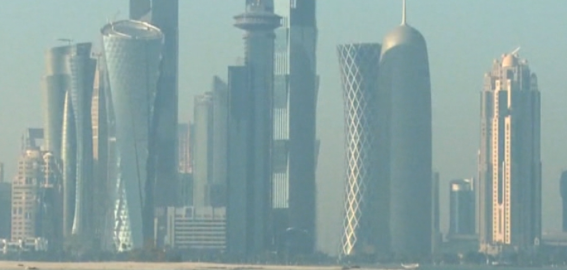
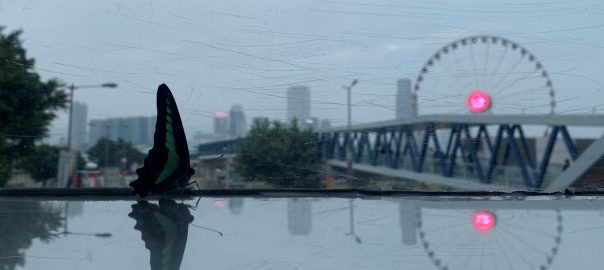
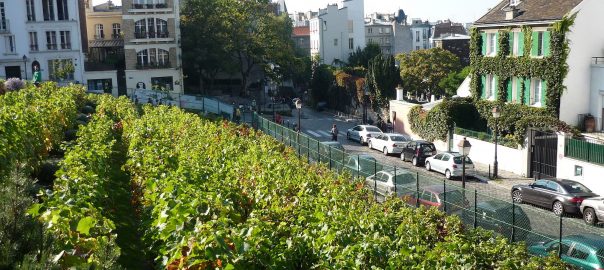
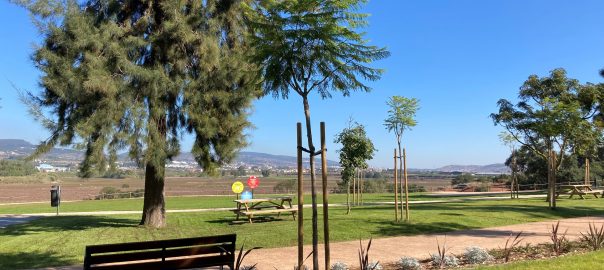
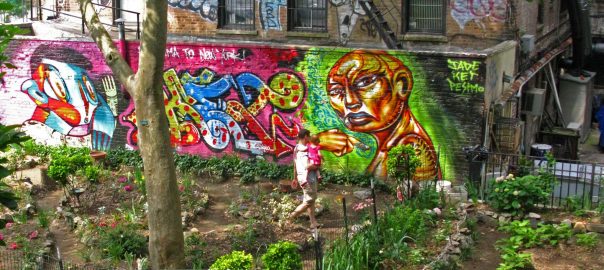
Leave a Reply